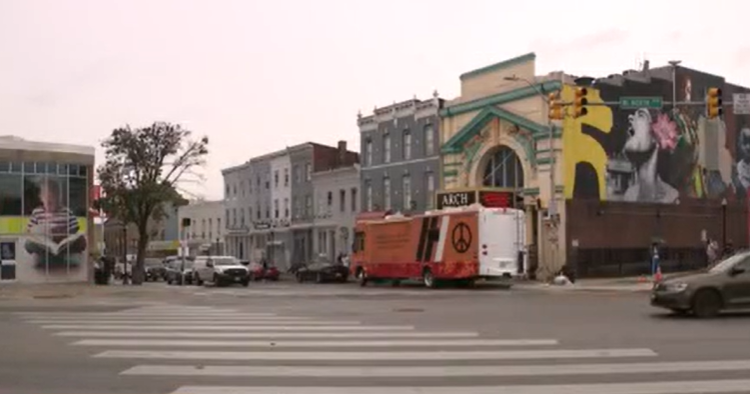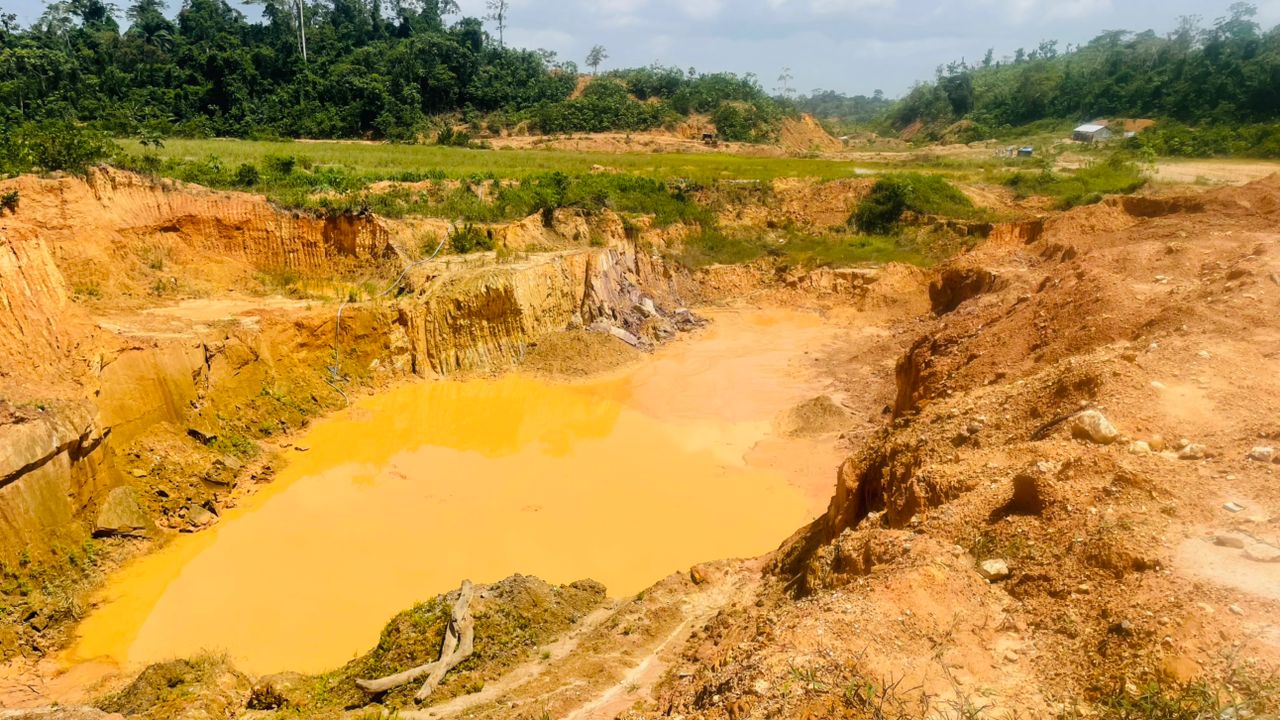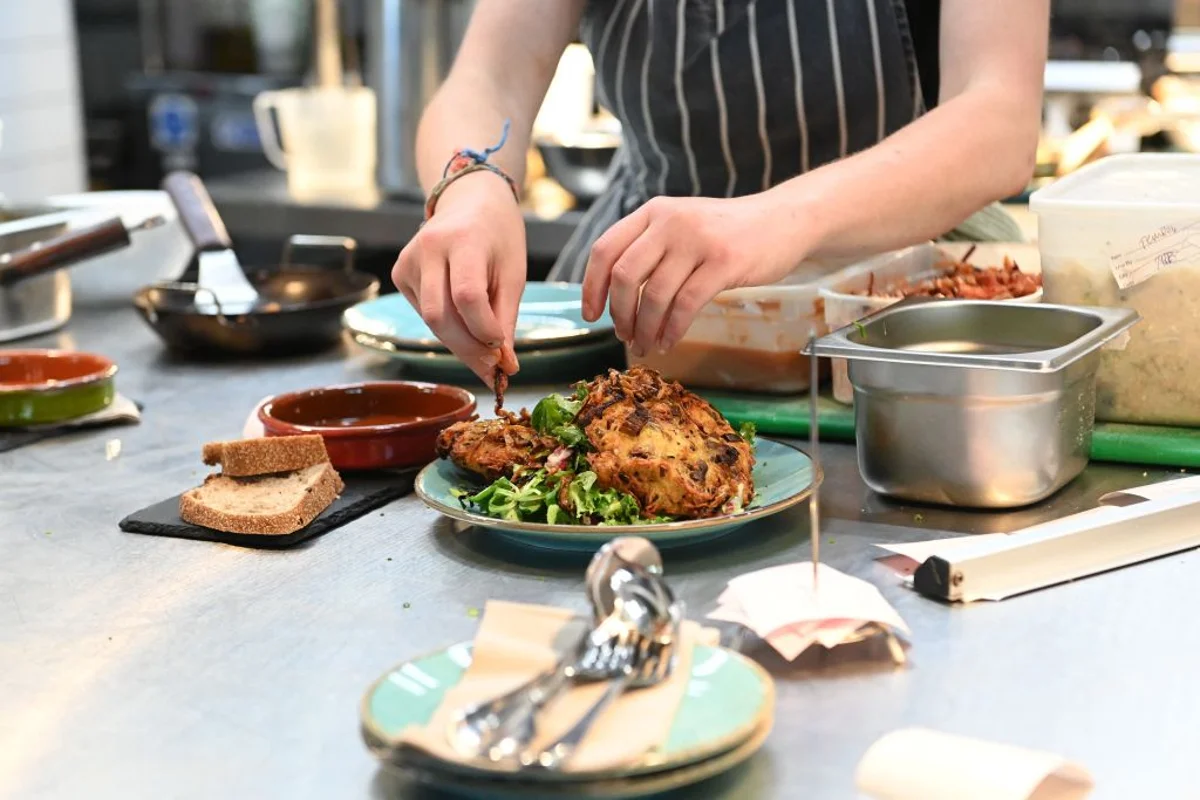
Almost 600 people have died from overdose deaths in Baltimore City in the past 12 months.
The city’s new health commissioner said she wants to cut the number of deaths almost in half in the next 14 years. It follows mass overdoses in Penn North earlier this year that brought national attention to the city’s overdose crisis.
Penn North frustration
Many in the West Baltimore community said they feel forgotten in the almost 10 weeks since at least 27 people overdosed.
“I was one of those struggling with the disease of addiction, but I had to get out of it because I wanted to make myself a better life and a better man,” Marvin Wise said.
Wise told WJZ Investigator Mike Hellgren he has been drug-free for three years. He said what is on the streets today is lethal.
“It’s not heroin, cocaine, none of that stuff. It’s like some synthetic stuff that people are putting out here, and people are adding to it,” Wise said. “Yes, it’s dangerous, and it can kill, and it’s eating their bodies as well.”
Wise spoke about the difficulty some face getting help from the disease of addiction.
“Some people just don’t want to stop because they’re scared of the withdrawal that they have to go through,” Wise said.
A bill before the city council aims to help, providing first responders in Baltimore with buprenorphine, a medication that lessens the symptoms of withdrawal.
Cutting deaths
The city council confirmed Dr. Michelle Taylor this week as Baltimore’s new health commissioner. She most recently led health efforts in Memphis, Tennessee.
“As you know, Baltimore City leads the nation in overdose deaths. This is one of the reasons I came to Baltimore City,” Taylor told council members last week.
She said opioids and overdose deaths are one of Baltimore’s “most pressing” health issues.
“We all know the opioid crisis is urgent, and we need to take urgent action,” Taylor said.
Taylor told the council her goal is to cut overdose deaths by 40% by 2040, but faced questions about whether that is ambitious enough.
“BPD has reduced homicides by 30 percent since last year. How is 40 percent in the next 15 years a reasonable goal or an acceptable goal?” asked Councilman Isaac “Yitzy” Schleifer.
“Reducing crime and reducing deaths are two different ball games,” Taylor said.
The latest numbers show 1,094 overdose reversals using naloxone, the generic name of Narcan, this year in Baltimore.
There have been 563 overdose deaths from August 2024 through July 2025.
Last year, 778 people died in Baltimore City alone, but that number is down from recent years.
The top zip codes for overdose deaths include 21215 and 21217, the heart of Penn North.
“They’re putting a bandage on it. They’re masking it, but they’re not really addressing the opioid problem,” said Jeffrey Cabus, who told WJZ he often comes to Penn North to assist those in need. “You look at it every day, but nobody is trying to address the mental issues, the homeless issues.”
You can access Maryland’s latest overdose data here.
More work to do
Councilman Mark Conway, the chair of Baltimore’s Public Safety Committee, has been vocal in demanding that the city take action to stop overdose deaths and open-air drug dealing.
“Just letting it continue is not the answer. People are fed up with this problem. I can’t tell you how many people in communities have expressed their frustration. They call 911. They call their council member, and yet it persists,” Conway said of open-air drug markets.
He is also keeping a close eye on the more than half a billion dollars Baltimore will receive from pharmaceutical companies from lawsuits and settlements over the opioid crisis.
Conway called the money a “game changer.”
“We want to get that money out the door because as this issue changes, it could get more complicated,” he said.
Conway said reducing deaths is possible with a comprehensive approach, but said Baltimore has more work to do on its overall plan. “I’m still not yet satisfied with that effort. I think we have part of the plan together. I don’t think we have a complete plan,” the councilman said.



